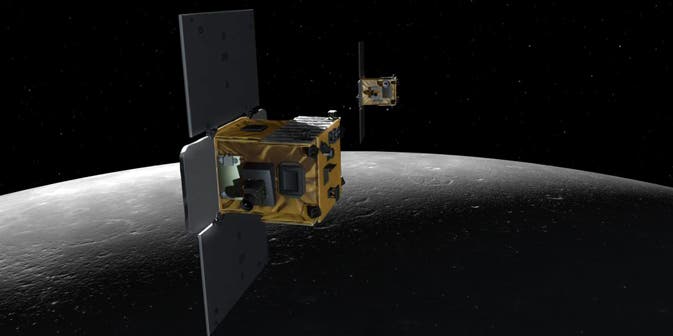I have to say I’m a little sad writing this – engineers working at NASA‘s Jet Propulsion Laboratory (JPL) have received confirmation that the twin probes used to create the most accurate and detailed gravity map of the Moon have successfully crashed into the surface of our planet’s satellite. I say successfully because this is what they planned.
Ebb and Flow have helped NASA gain a broader understanding not only of how the Moon formed, but also how the entire solar system was in its early days, as part of the Gravity Recovery and Interior Laboratory (GRAIL) mission. They began their final rocket bursts an hit the Moon at around 2:28 p.m. PST (5:28 EST).
The probes crashed around the North Pole, bringing their successful mission to an end; sadly, because of their low orbit and low fuel reserves, it was the only thing that could be done with them. Still, even in their final hour, they provided valuable information: this time, about how much fuel they have left, enabling engineers to better calculate fuel consumption in future Moon missions.
GRAIL’s final resting place on the moon will be in shadow at the time of impact, so no video documentation of the impacts is expected.
Via NASA










